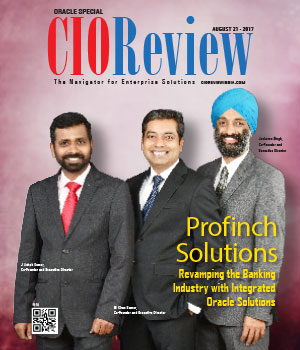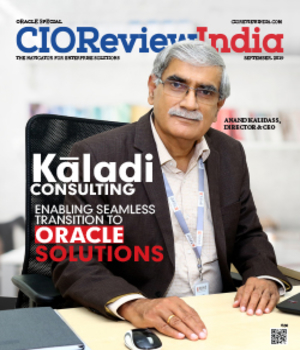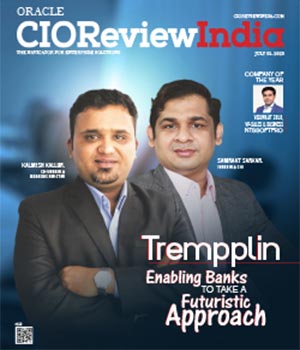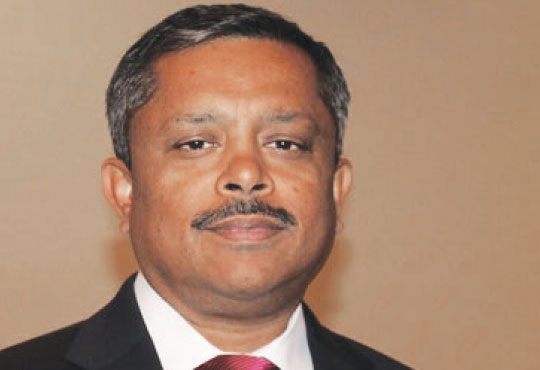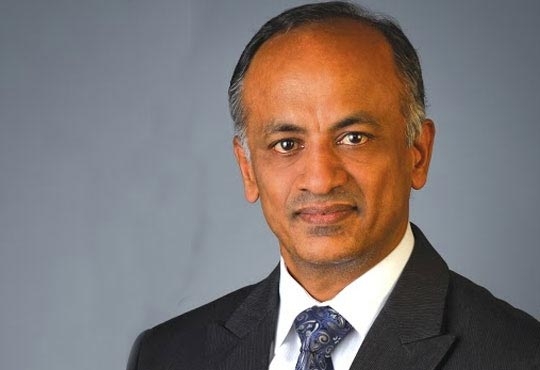
New Age CIO - Key Element Of Business Growth
Mohan Iyer, CIO, Mesirow Financial | Monday, 16 September 2019, 08:51 IST
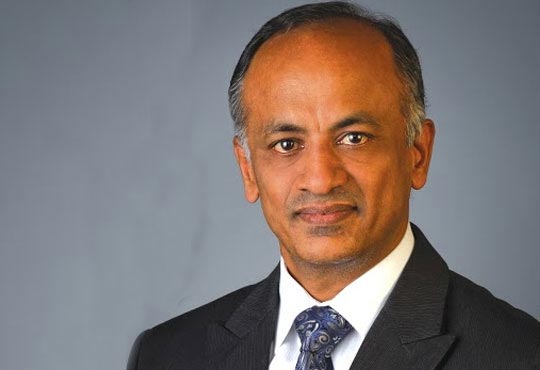 I think the key operative part of the role is the middle letter “I”. The “I” has evolved from Infrastructure to Information to Innovation. That is because of the increasingly influential impact technology has had on businesses in improving their top line as well as containing bottom line in every industry regardless of the vertical domain. Rapid consumerization of technology has made the otherwise not-sotechnically-savvy business people expect a lot more from their organizational technology team. When every conceivable daily activity can be handled by an app on their smartphone, it is logical for them to expect their business operations to become as friendly and as cheap. The role of the CIO therefore is to bridge the gap between the two realms, and act as a conduit to bring consumerist innovation into the enterprise environment.
I think the key operative part of the role is the middle letter “I”. The “I” has evolved from Infrastructure to Information to Innovation. That is because of the increasingly influential impact technology has had on businesses in improving their top line as well as containing bottom line in every industry regardless of the vertical domain. Rapid consumerization of technology has made the otherwise not-sotechnically-savvy business people expect a lot more from their organizational technology team. When every conceivable daily activity can be handled by an app on their smartphone, it is logical for them to expect their business operations to become as friendly and as cheap. The role of the CIO therefore is to bridge the gap between the two realms, and act as a conduit to bring consumerist innovation into the enterprise environment.
Secondly, the CIO’s role also includes keeping the organization protected from the constant threat of cyberattack. Cybersecurity is no longer considered a trivial responsibility for an engineer looking at some system logs periodically. Businesses expect their CIO and CISO to be experts in predicting, and preempting any and all risks emanating from anywhere either internally or from outside. The CIO has to work very closely in concert with other risk management functions within the organization, and implement tools, build processes and create appropriate enforcement framework. It is also necessary for the CIO to expand the awareness within the business to include cybersecurity as a necessary variable to be included in enterprise risk assessment function.
“When technology initiatives are accomplished using a cross-functional team dynamic, the various business areas can leverage skill sets across the organization”
Thirdly, a CIO’s job includes hiring, retaining, and nurturing a high-performing technology team. It is the team that makes the CIO look more talented than he or she may actually be. That means the CIO should empower and support the middle and senior managers in their effort to keep their people well-trained, and provide diverse opportunities.
One thing that has not changed for the role is the need to strike a balance between supporting the business’ day-to-day needs-what everyone refers to some of them affectionately while others kind of frustratingly as keep the lights on-and also helping them move forward. A successful CIO is one who is an expert at this delicate balancing act. How well the CIO maintains this balance also has an impact on the stability and the rate of churn in the technology team. If the team feels like they are only engaged in operational support activities they are going to feel less excited, and people looking to keep their skills fresh will look for opportunities elsewhere, leaving behind only those who are content with status quo.
Challenges in Cybersecurity
Biggest challenge is the threat of unknown, and the 24x7 necessity to proactively identify, and pre-empt a security incident or mitigate a systemic risk. It is imperative to stay tuned to what is going on in the industry you are in, as well as in the general technology and cybersecurity landscape. There is no one-size-fits-all solution when it comes to protecting your organizational assets from a breach or a hack. Also it doesn’t matter what the size of your cybersecurity technology budget is. The job of the CIO and the CISO is to deploy whatever resources they have in their disposal-whether it is policy enforcement, or implementation of a technology tool, or creating an appropriately skilled team-to make sure that the organizational information is protected from data breach or from data sabotage whether internally or from outside. It is no longer a luxury but a necessity to enable your mobile or roaming workforce because everybody expects data to be available anywhere, anytime which introduces a lot of risks. Therefore, my job as the CIO is to enable functioning of mobile workforce and bring information to them where they are, yet at the same time making sure that the organizational assets are protected.
Trends in Technology
I would categorize the trends into three buckets:
1. External environment – normally not entirely in our control - regulatory, security, etc.
2. Competitive – triggered by a new product, new competitor, battle for customer acquisition and retention and
3. Generic – technology improvement, transformative innovation, and cost containment initiatives
What I am most interested in are four areas:
1. Cloud: It ranges from Office 365 to collaboration to voice-data communication to DR to Dev-Test-basically anything that would help us minimize on-prem infrastructure footprint without escalating the risk
2. Data analysis and Business Intelligence: What used to be - I am going to date myself - structured data in database tables is now proliferating in various format - unstructured, pictures and video, text messages, and emails. And it is exciting to see how the confluence of technology and such a treasure trove of information is able to help businesses shape and adjust their strategy
3. Cybersecurity: I am very actively following what is going on in the Cybersecurity area-and what tools are available or in the conceptual stage-to help us support a mobile workforce, while protecting our firm’s information that is roaming and is expected to be available anytime anywhere.
4. Software-Defined Networking: With geographically distributed offices, I am always looking for ways to provide reliable, and secure connectivity without constantly escalating cost. Any technology option that helps us minimize major vendor and hardware dependency is exciting for me.
Tips for Budding CIOs
Whether you are growing up or grew up as an app developer, or as an infrastructure engineer or a project manager, as the CIO you will be expected to demonstrate a high degree of appreciation and comprehension for the business/ functional area. So learn to lose the jargon and geek-talk, and pick up business-speak. Always think of how to solve a business problem. Remember if you do not understand the business problem, you are not going to have a strong understanding of the technology solution either.
Secondly, expand your professional network beyond social media. Develop, whenever possible, face-to-face relationship with technology and business peers. Make yourself seen and heard in professional conferences, seminars, and publications. Within your organization, make a concerted effort to get to know your business partners.
Adapt to criticism-even if you know not all of it may be warranted, and develop a sense of hum or to help counter a very popular, cynical view of IT. As the CIO you will need an intensely thick skin.
CIO Viewpoint
New Age CIO - Key Element Of Business Growth
By Mohan Iyer, CIO, Mesirow Financial
Diligent It Adoption For Maximum Gain
By Patrick Quinn, CIO, Acuity Brands Lighting
Cloud for Accelerated Business Intelligence
By Neeraj Verma, IT Director - Platform & Analytics, NCR Corporation
CXO Insights
Enhanced Database Technology in Business...
By Srikanth Doranadula, Group Vice President-Technology and Systems, Oracle India
ISVs driving the dream of a tech-first world in...
By Vivek Gupta, Senior Director and Country Head, Oracle IaaS and PaaS Services, Oracle India
Connect To Succeed: The Future Of Iot In Supply...


